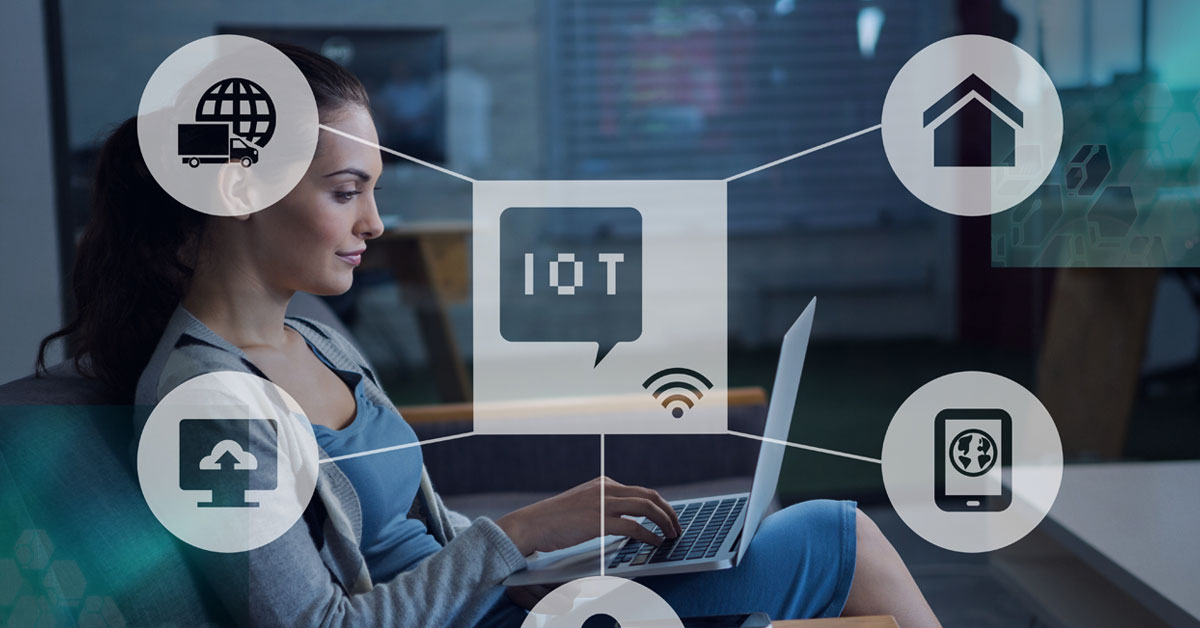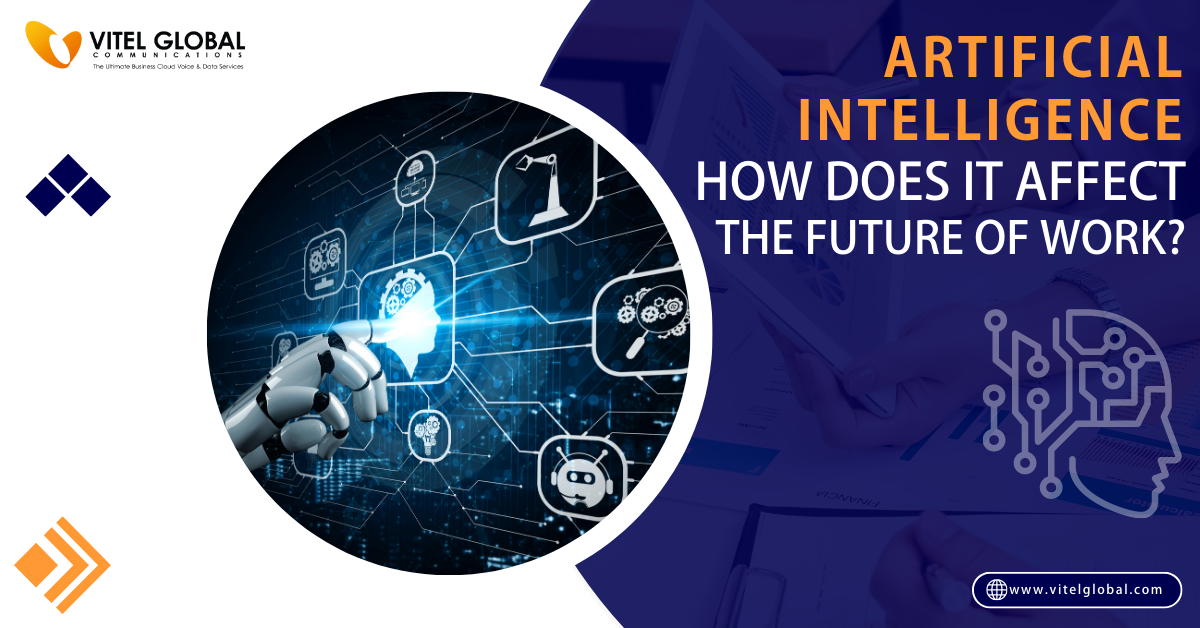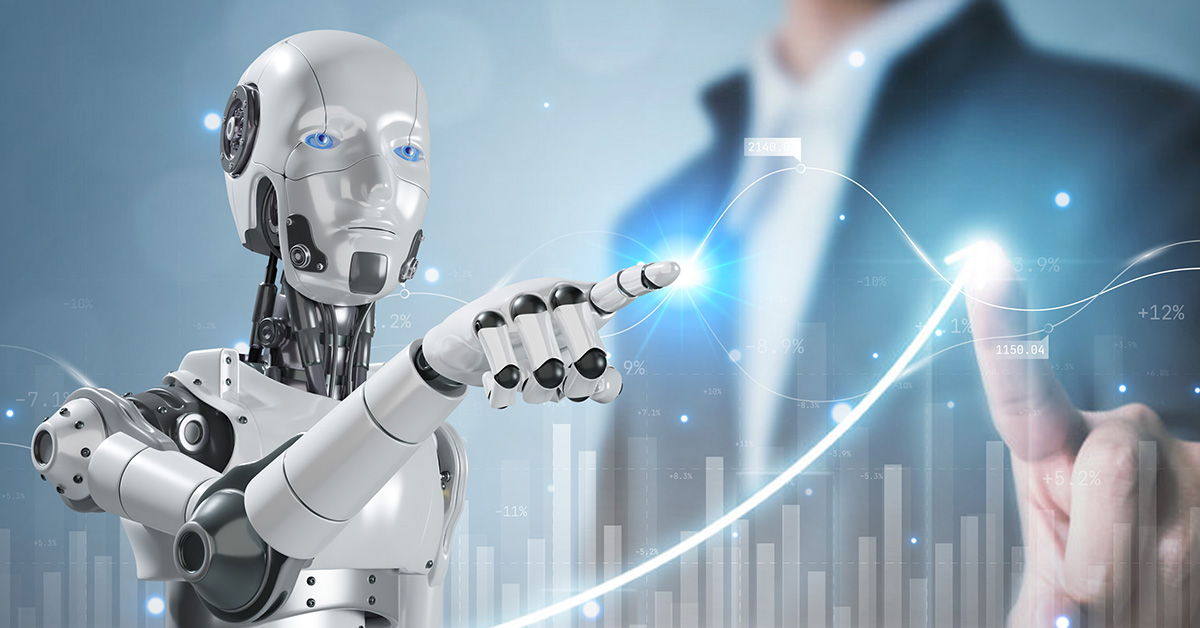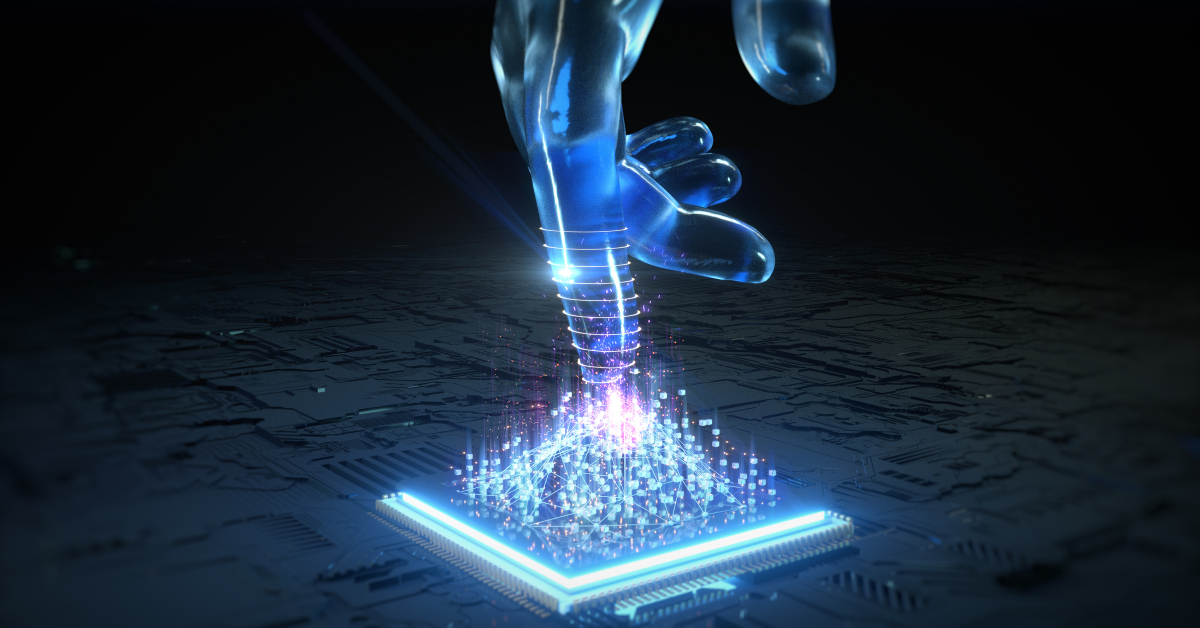How Is Artificial Intelligence Being Used In Industries Such As Healthcare, Finance And Transportation?

4 min read
Artificial Intelligence (AI) is rapidly increasing in the healthcare, finance, and transportation industries. It was only recently that AI became a new topic of conversation, but we are already seeing its practical use of it. Artificial intelligence is an area that has seen significant growth over time and will continue to grow as its uses expand.
Artificial Intelligence is exciting. It promises to help society, drive innovation and even cure diseases. It’s a crucial front in the fight against climate change and could save countless lives in the developing world. But it also raises serious challenges to our democratic ideals.
Let’s look at what Artificial Intelligence (AI) is and its uses in today’s digital world.
What is Artificial Intelligence?
Artificial Intelligence (AI) is a branch of computer science that aims to construct an intelligent machine or software agent that performs tasks requiring human-like intelligence. AI would work using the same algorithms used in human understanding and problem-solving. Artificial Intelligence divides itself into two categories: narrow and broad. Narrow AI focuses on specific fields like speech recognition, search engines, and chess playing, while broad AI can learn from anything its feeds, such as images, sound, or data.
- Primary: A computer program that can think, reason, learn, and perform tasks more like an intelligent human than a computer (put).
- Secondary: A computer that mimics human intelligence within a particular field by using algorithms & logic.
AI in Healthcare
Many of the AI techniques listed above are starting to make their way into various aspects of health care. For example, robotic surgery demonstrates human trials by applying deep learning algorithms to complex medical images.
Artificial intelligence in the medical industry helps monitor patients and distinguish between diseases. But doctors can also use it to understand a particular disease and its risks better. Artificial intelligence can also analyze data and find patterns that humans may not be able to find through natural inspection.
Artificial intelligence can recognize patterns much faster than any human – which could lead doctors to find cures for fatal diseases before they even occur in a patient. For example, IBM’s Watson has provided a better understanding of cancer cells so doctors can treat them more effectively.
Microsoft’s new tool, Xiaoice, is currently for mental health. Xiaoice can provide support for people who may be experiencing anxiety or suicidal thoughts by sending those messages. These messages are based on the person with suicidal tendencies, and the AI will change its tone to fit their personality. It also uses technology that identifies feelings easier than humans would.
As artificial intelligence continues to be miniaturized and integrated into medical devices, hospitals, and clinics, it will become easier for machines to perform more tasks autonomously without the direct involvement of a human physician.
Artificial intelligence has been integrated into Electronic Health Records systems to reduce physicians’ time in front of a computer, allowing them to pay more attention to patients.
Data Collection in Health Care
The same company, Microsoft, has created a chatbot called “Tay”. The chatbot was designed to engage in conversations with users of Twitter and Messenger which it would then collect data to improve its system.
AI is used in health care from data collection to application but will only focus on one specific area of AI implementation to avoid overwhelming readers with too much information about their individual use cases.
The techniques listed in this article will be used to analyze patient data and provide timely and timely care. This article will start by explaining how some of these technologies have been used and their potential implications for the future.
Artificial intelligence is also part of new drug discovery programs and testing procedures. For instance, an artificial neural network collects past data about existing drugs’ efficacy and side effects.
In addition to incorporating AI into new procedures and programs, artificial intelligence can also determine the safety of these new procedures.
Predictive modeling pairs with unsupervised machine learning to develop algorithms to analyze large amounts of data. Applying this data to patterns and trends in real-time when necessary.
How Can We Use AI in Finance?
Finance is a complicated subject with large amounts of data that goes into making financial decisions. AI has come to play a large role in the financial industry. AI can analyze data and make decisions faster than any human could make investments and participate in mergers and acquisitions. Data analytics has been the basis for many successful companies today – but they could only be successful with AI’s help.
One example of how AI is helping to improve finance is by first changing the way we value stocks. This will cause a more accurate representation of the stock’s worth.
AI in Transportation
According to Forbes, one of the most innovative transportation systems is the Skyweb Express, which uses drones as a delivery system. The drone runs off of algorithms that NASA scientists program. Looking at these drones and their “innovative” function, it’s not hard to see how dependent we will be on artificial intelligence in our day-to-day lives.
Artificial intelligence in transportation is usually on an individual basis. For instance, a driver’s car has a GPS-based system to navigate them through traffic by reading signs and other surroundings. When Americans take their cars to the dealer for routine maintenance such as tire rotation or oil changes, they often use artificial intelligence systems to diagnose their systems and tell them what may be wrong with their car.
Speaking of transportation, artificial intelligence plays a vital role in the context of a driver’s “smartphone”
Download the digital assistant on an iPhone, and shows a digital map of the area that they live in. They can also use their smartphones to call for an Uber or Lyft car. They can pay for their ride using their smartphone app. Few other ways of artificial intelligence in technology
One way is vehicles can connect with data from traffic cameras and weather stations to keep themselves safe. For example, radar and GPS systems can detect objects approaching their path. This is to see if they are on the correct path.
Conclusion
AI can help make better products with new technology and materials that were not available before. Now you have a clear understanding of where AI stands today. And the importance of it in our society moving forward. It is also crucial to understand its usage and how AI impacts us.
Published: March 10th, 2023
Subscribe to Our Latest Updates
Get monthly product and feature updates, the latest industry news, and more!







